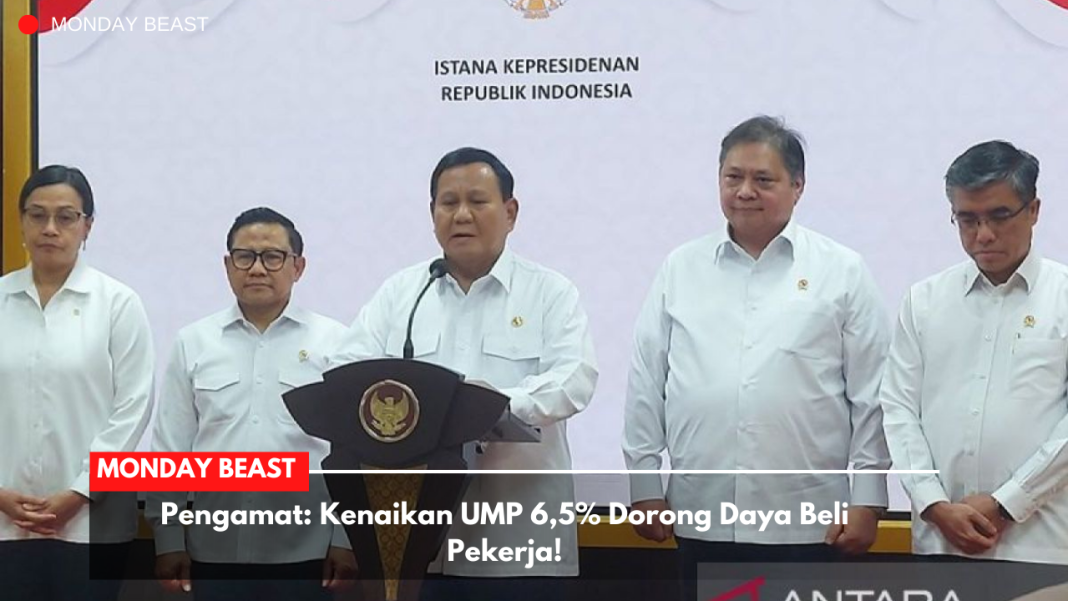The recent announcement of a 6.5% minimum wage increase in Indonesia raises important questions. How will this boost impact everyday workers? With the cost of living continually rising, many are looking for answers. Can a wage hike really help those struggling?

The economic landscape has been challenging for many. Each month, families face rising prices for necessities. Eko Listiyanto, an economist with Indef, emphasizes a positive outlook. He believes the increase will act as a stimulus, specifically for laborers whose purchasing power has declined. This sentiment echoes throughout various sectors of society, as workers eagerly anticipate the change.
Eko’s enthusiasm reflects a broader hope. For many, life is a juggling act. Between bills, groceries, and housing, every penny counts. A 6.5% increase could mean more than just a number. It represents security, stability, and the ability to participate more fully in economic life.

When President Prabowo Subianto announced this wage adjustment, it sparked mixed emotions. On the one hand, workers see a light at the end of a long tunnel. On the other, some worry about potential repercussions for businesses. Will small companies manage to keep up? Or will this leave them scrambling?
The rationale behind setting the increase above inflation is crucial. Simply put, the 6.5% adjustment aims to combat rising prices. Eko points out that this new UMP aligns with national economic growth trends. It’s designed not just to keep pace but to aid in recovery. The hope is to create a safer financial environment for employees.

Yet, there’s apprehension about the broader implications. While some sectors cheer, others remain cautious. The balance between supporting workers and maintaining a competitive business environment is delicate. Can policymakers find the right equilibrium?
Adding another layer, President Subianto discussed comprehensive consultations before the decision. Engaging with labor leaders ensures that the voices of workers are heard. This may set a precedent for future wage discussions. But will it be enough to quell persistent fears?
As we dive deeper, it becomes clear that the potential for recovery is there, but challenges remain. Can the government sustain this vision amid complex economic realities? Many will be watching closely to see how these changes unfold.
Will this wage increase serve as a catalyst for change? Or will it merely be a temporary remark in the ongoing saga of Indonesia’s labor market? With various perspectives merging into the narrative, the future looks both promising and uncertain. For many workers, the outcome is personal. It’s about their lives and livelihoods, making this discussion not just theoretical but profoundly real.




